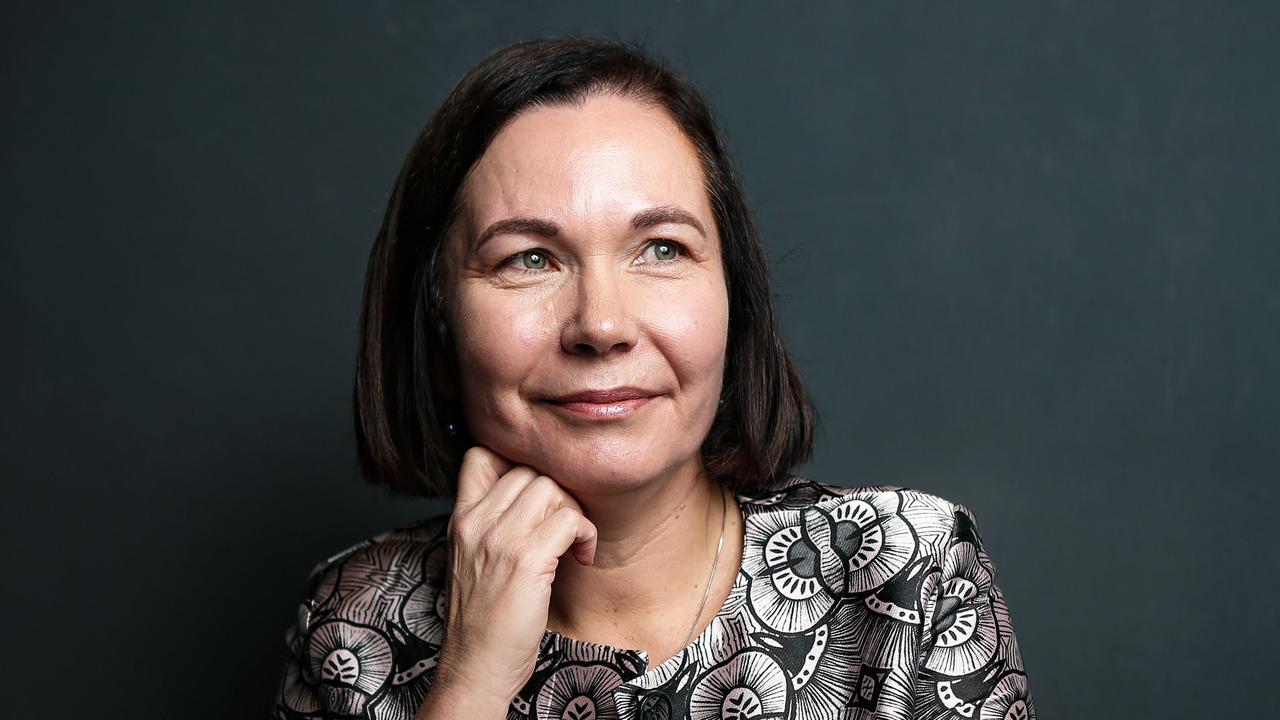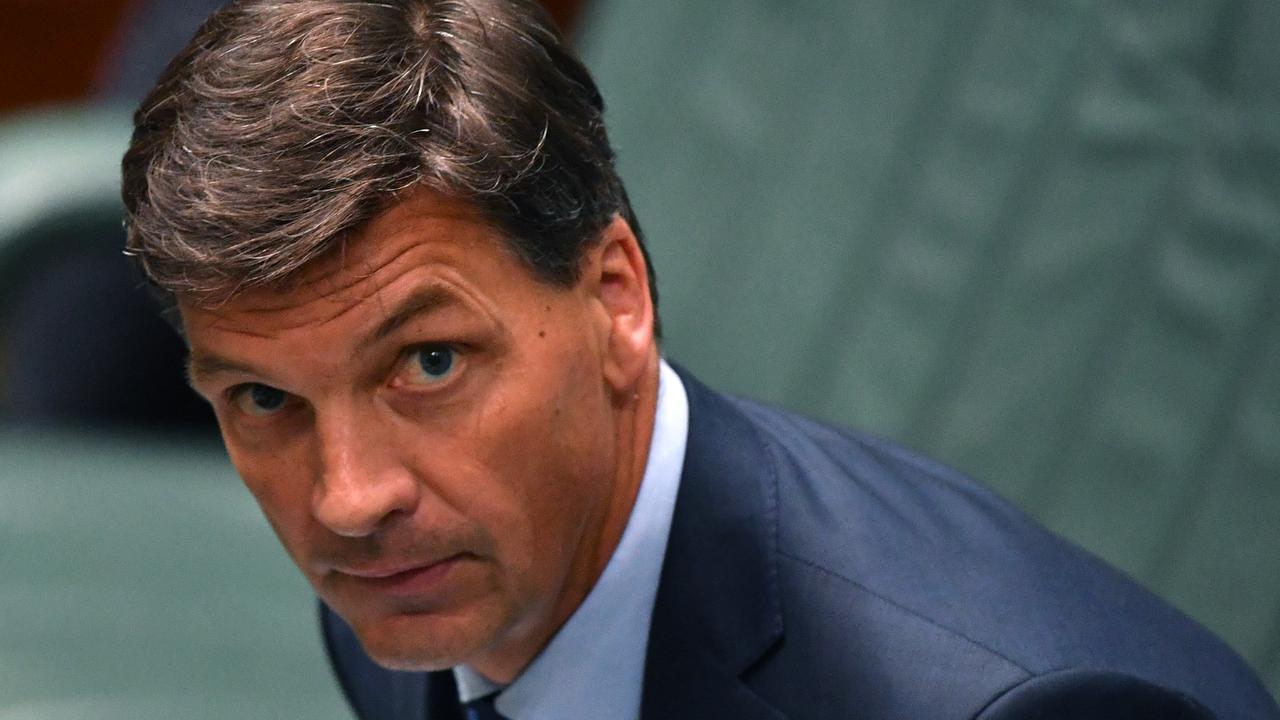Premier Kristina Keneally bought solar before cut in benefit
NSW Premier Kristina Keneally purchased a $3000 solar system for her home five days after her government flagged moves to slash the tariff.
NSW Premier Kristina Keneally purchased a $3000 solar system for her home five days after her government flagged moves to slash the tariff.
Documents obtained by The Weekend Australian yesterday show Ms Keneally ordered a solar system for her Sydney home on August 29 despite serious concern among bureaucrats and industry experts that public funds were being drained at an alarming rate by the Solar Bonus Scheme.
On August 24, after a series of internal warnings that the scheme -- one of the world's most generous -- was unsustainable because of its burden on the public purse, NSW Energy Minister Paul Lynch announced a review.
The review led to Ms Keneally and Mr Lynch announcing on Wednesday that the scheme's generous provisions would end with the cutting of the bonus for owners of solar systems from 60 cents to 20c per kilowatt hour.
Ms Keneally described the changes as necessary to slow down the scheme and "stop any further impact on electricity prices", while Mr Lynch said the changes were "specifically designed to avoid the bust".
Ms Keneally's decision to sign up for the solar system in late August, eight months after it started, placed her in line to receive the higher taxpayer-funded rate.
"When she purchased the solar panels she would have automatically signed up for the more generous scheme," a Solar Bonus Scheme source said yesterday.
"The new, less generous scheme did not exist then so it would have been impossible for her to sign up for it. In that sense she sought the more generous tariff. As long as you purchased the system before the cut-off you can enjoy the exorbitant tariff."
But Ms Keneally now says she has taken steps to delay the paperwork on her solar panel order so that she does not meet the deadline for the more generous rebate.
Internal documents show Ms Keneally instructed her taxpayer-funded secretary and office manager to handle the arrangements for the private job of installing the solar system at her home.
When asked on radio yesterday if she had a solar system, Ms Keneally said she had purchased one and "as a sign of good faith I am going to wait and go onto the 20c kilowatt tariff".
None of the documentation provided to The Weekend Australian indicates any attempt by Ms Keneally to opt out of the tariff.
The standard-sized 1.5 kilowatt system ordered for Ms Keneally's home in Botany, in Sydney's inner-south, can generate about 2500 kilowatt hours (kWh) of solar energy a year.
The average household uses 7300 kWh per year, according to Energy Australia. Based on a cost of 16c per kWh, it should pay about $1200 for electricity.
If Ms Keneally received the 60c feed-in tariff, her household would be paid about $1500 per year by the government until 2017.
She would receive a net gain of $300 per year for a scheme she rejected as too generous.
If she gets the 20c tariff, she would receive about $450 a year based on average energy use.
INVESTIGATIONS@
THEAUSTRALIAN.COM.AU


